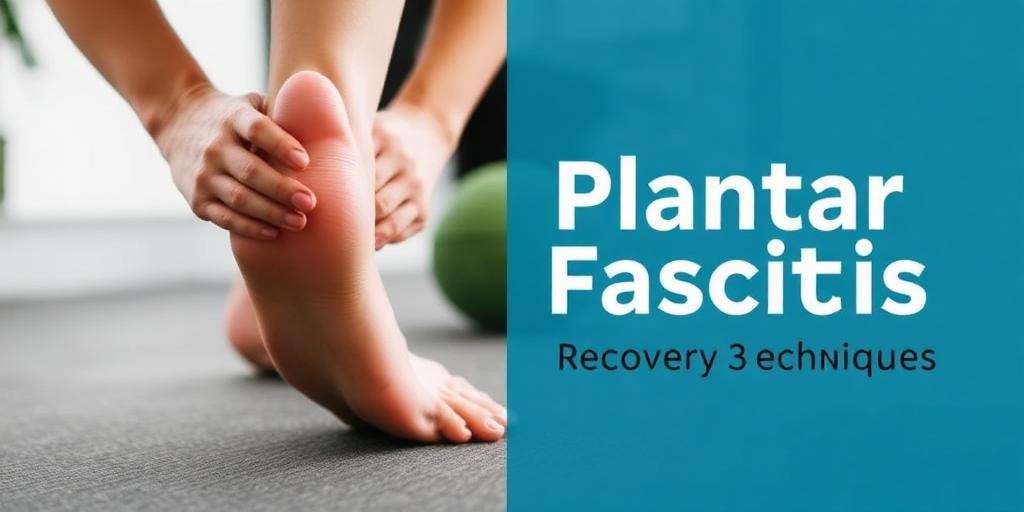Returning to sport after an injury requires a careful and well-structured approach to ensure complete healing and prevent re-injury. This step-by-step guide provides a comprehensive overview of the process, from initial recovery to full return to play.
Step 1: Initial Recovery and Rest
The first phase of recovery involves rest and protection of the injured area. Depending on the severity of the injury, this may include:
- Immobilization: Using a brace, splint, or cast to prevent movement.
- Pain Management: Medications such as NSAIDs (non-steroidal anti-inflammatory drugs) can help reduce pain and inflammation. Always consult with a healthcare professional before starting any medication.
- R.I.C.E. Protocol: Rest, Ice, Compression, and Elevation. Applying ice for 15-20 minutes every few hours can reduce swelling. Compression with a bandage can also help control swelling, and elevation above heart level promotes fluid drainage.
Step 2: Physical Therapy and Rehabilitation
Once the initial pain and swelling have subsided, physical therapy becomes crucial. A physical therapist will design a program tailored to your specific injury and sport, focusing on:
- Range of Motion: Gentle exercises to restore joint mobility.
- Strength Training: Strengthening the muscles around the injured area to provide support.
- Proprioception: Exercises to improve balance and coordination, which are often impaired after an injury.
Step 3: Gradual Return to Activity
The key to a successful return is gradual progression. Start with low-impact activities and slowly increase the intensity and duration. This phase includes:
- Low-Impact Exercises: Activities like swimming, cycling, or walking can help maintain fitness without putting excessive stress on the injury.
- Sport-Specific Drills: Gradually introduce drills that mimic the movements required in your sport. For example, a basketball player might start with shooting drills before moving to full-court scrimmages.
- Monitoring Symptoms: Pay close attention to any pain or discomfort. If symptoms increase, reduce the intensity and consult with your physical therapist or doctor.
Step 4: Functional Testing
Before returning to full competition, functional testing is essential to ensure you’re physically ready. These tests assess your ability to perform sport-specific movements and may include:
- Agility Tests: Measuring your ability to change direction quickly and efficiently.
- Strength Tests: Evaluating the strength of the injured limb compared to the uninjured limb.
- Endurance Tests: Assessing your ability to sustain activity over a prolonged period.
Step 5: Full Return to Sport
Once you’ve successfully completed functional testing, you can gradually return to full practice and competition. Keep in mind:
- Communication: Maintain open communication with your coach, physical therapist, and medical team.
- Warm-Up: Always perform a thorough warm-up before activity.
- Listen to Your Body: Don’t push through pain. Rest and recovery are just as important as training.
Returning to sport after an injury is a process that requires patience, dedication, and professional guidance. By following these steps, you can minimize the risk of re-injury and return to your sport with confidence.








